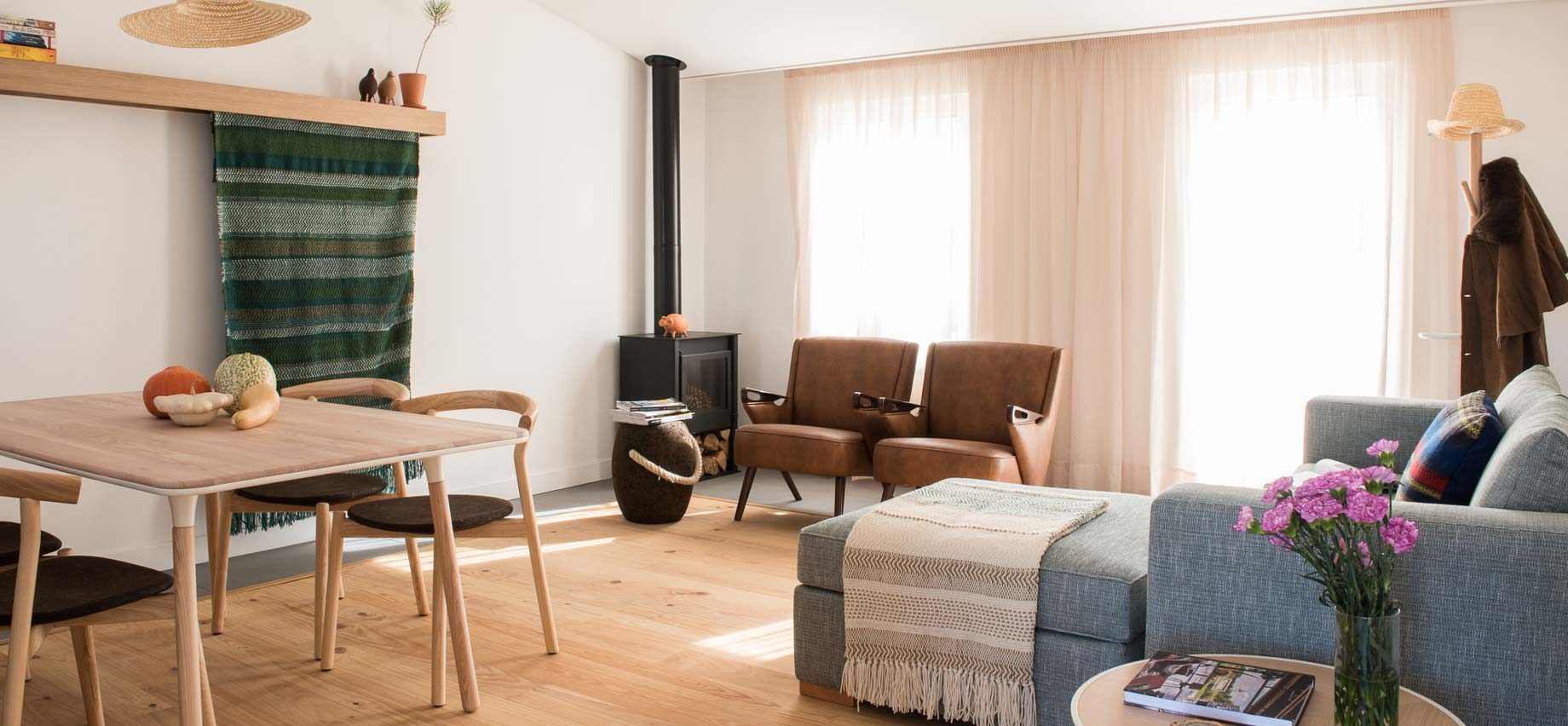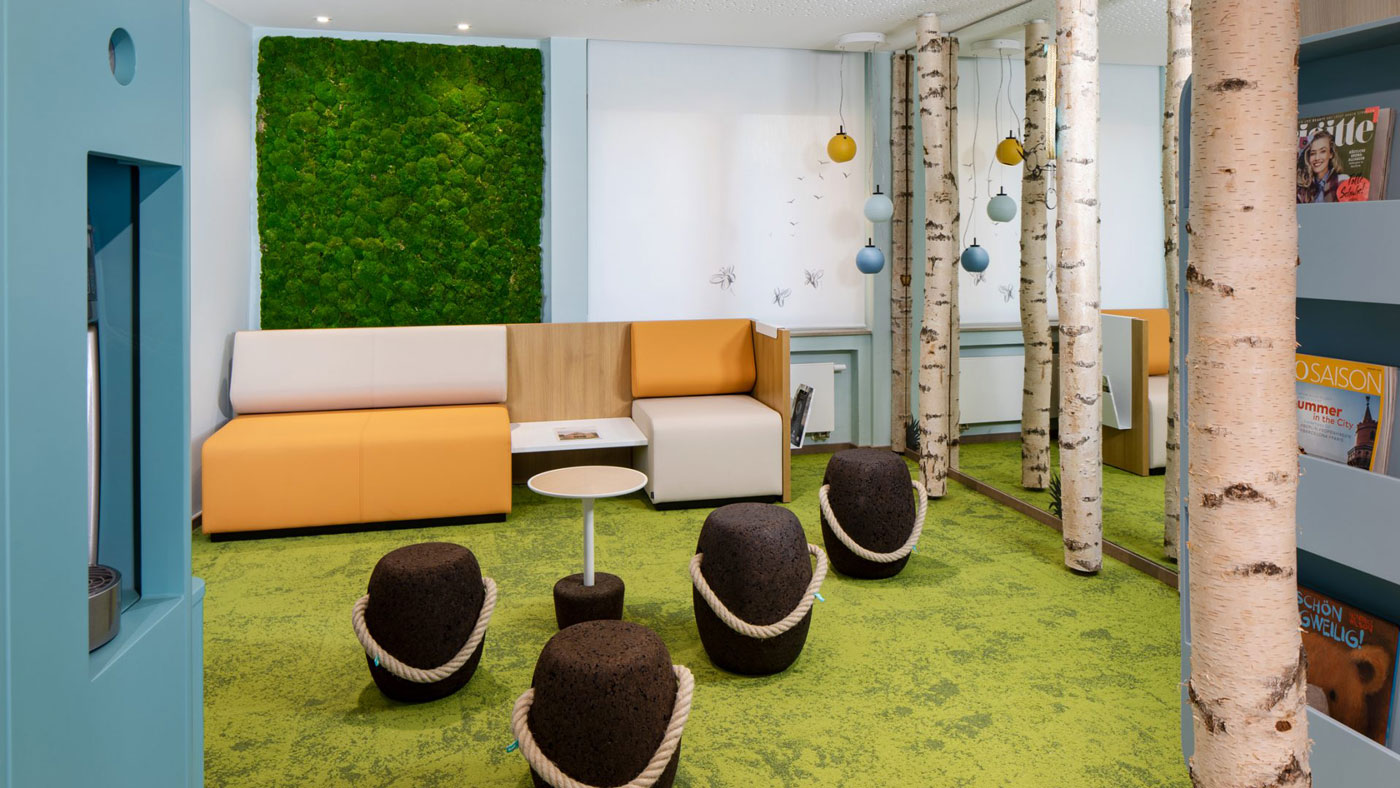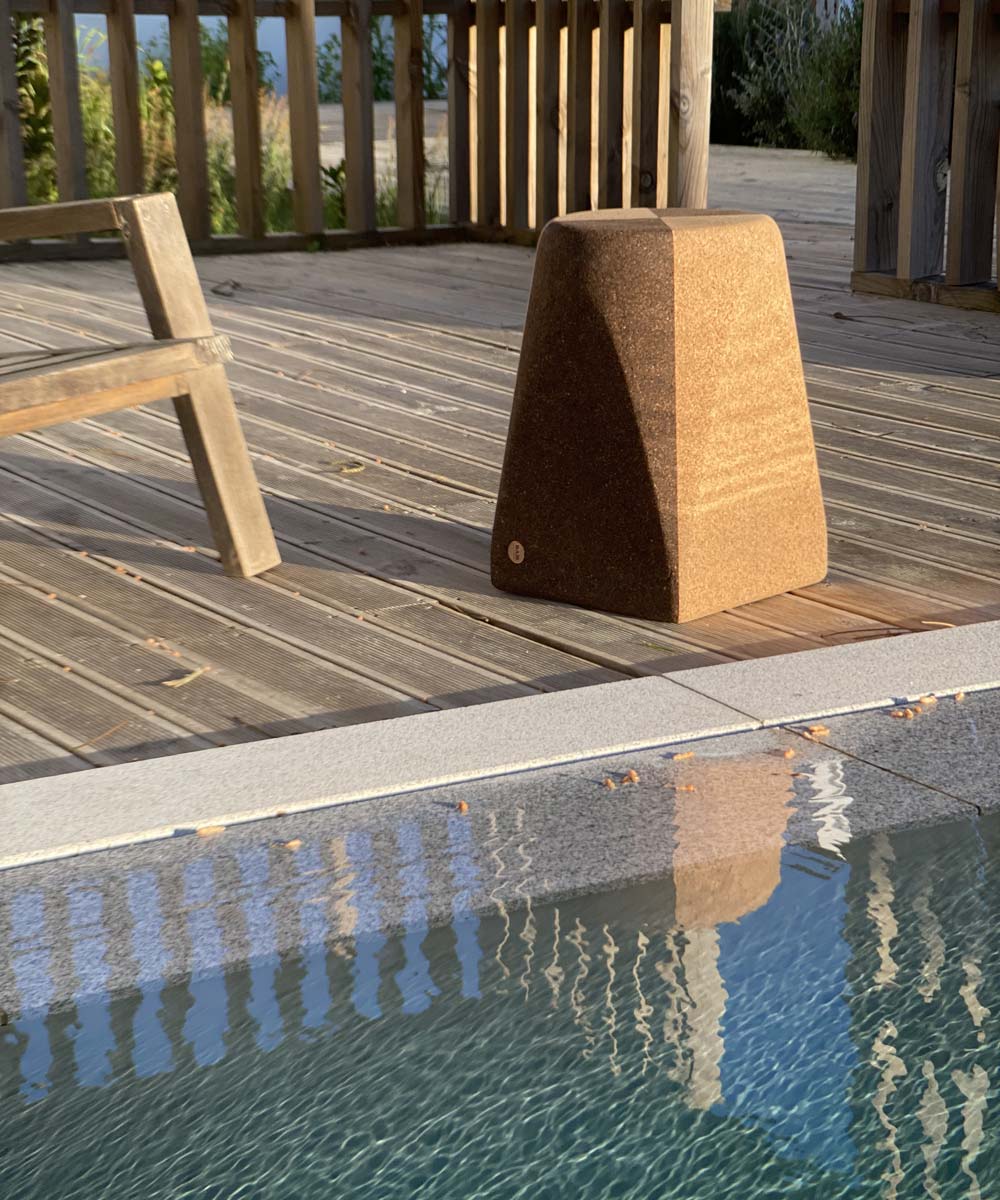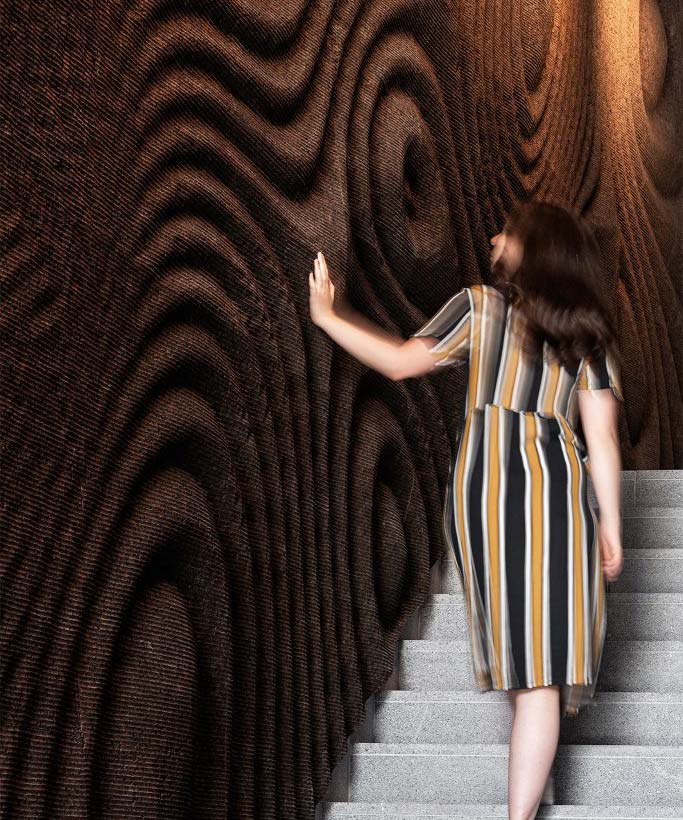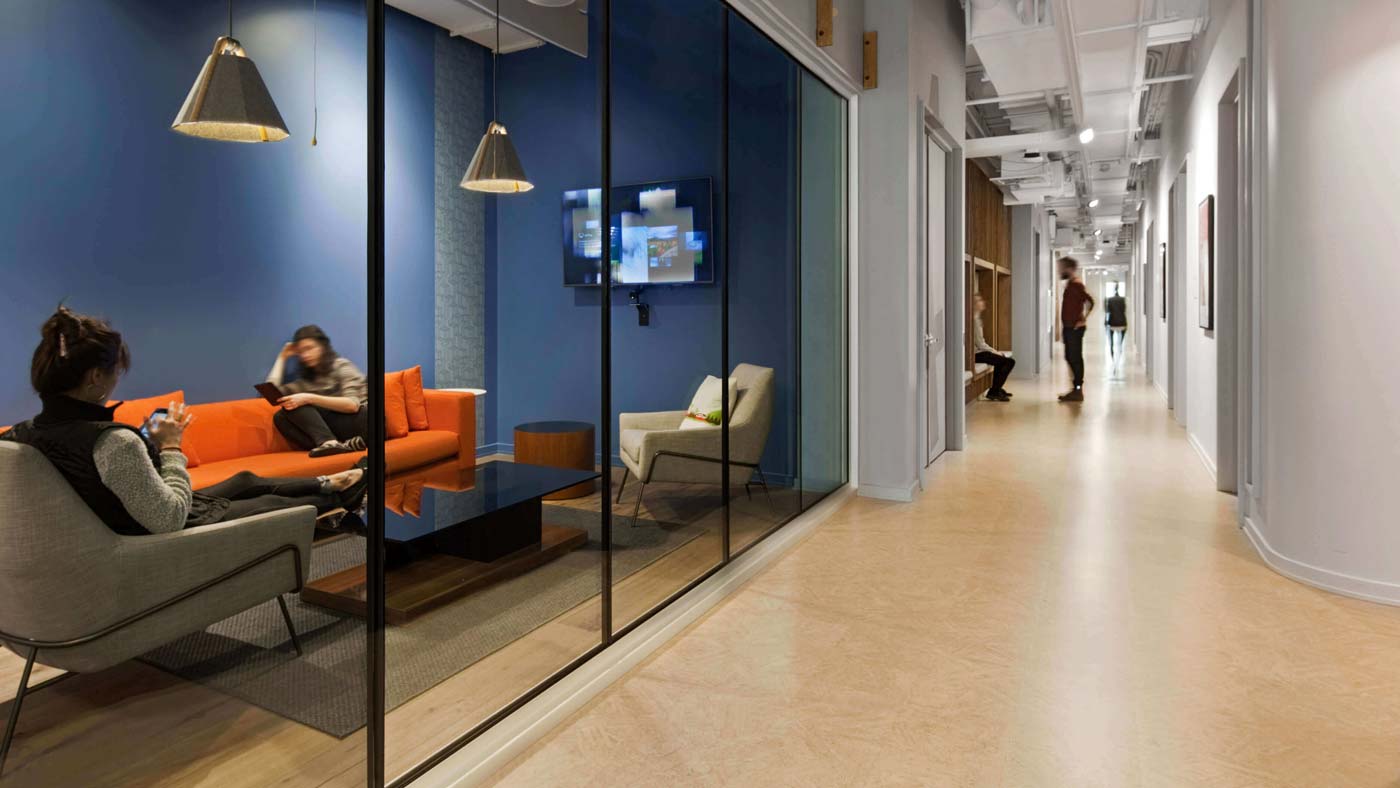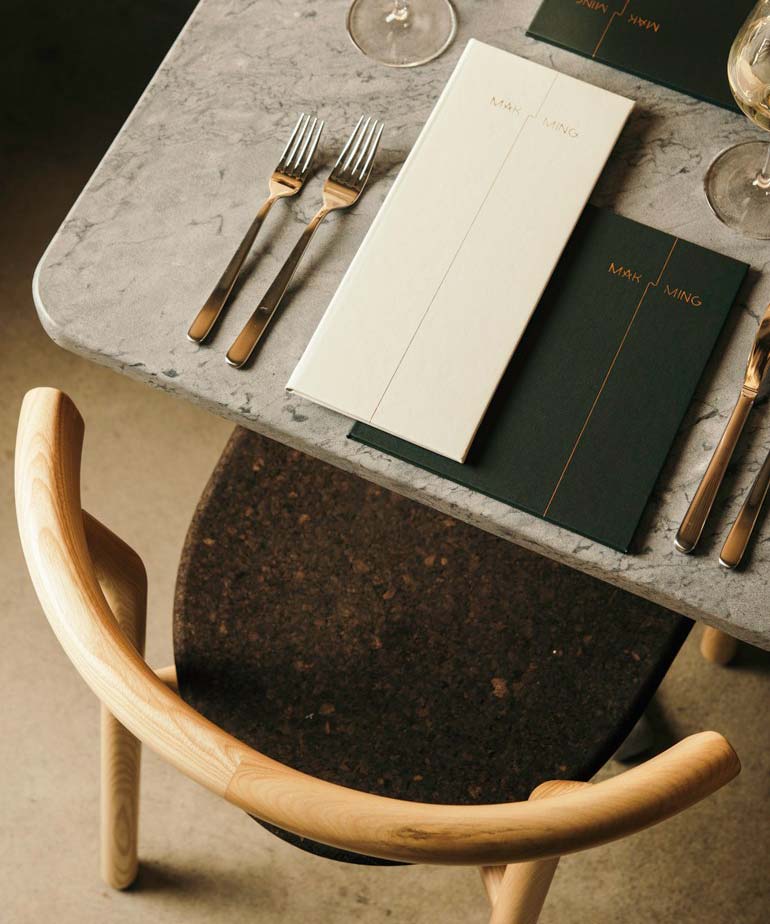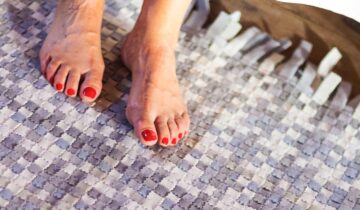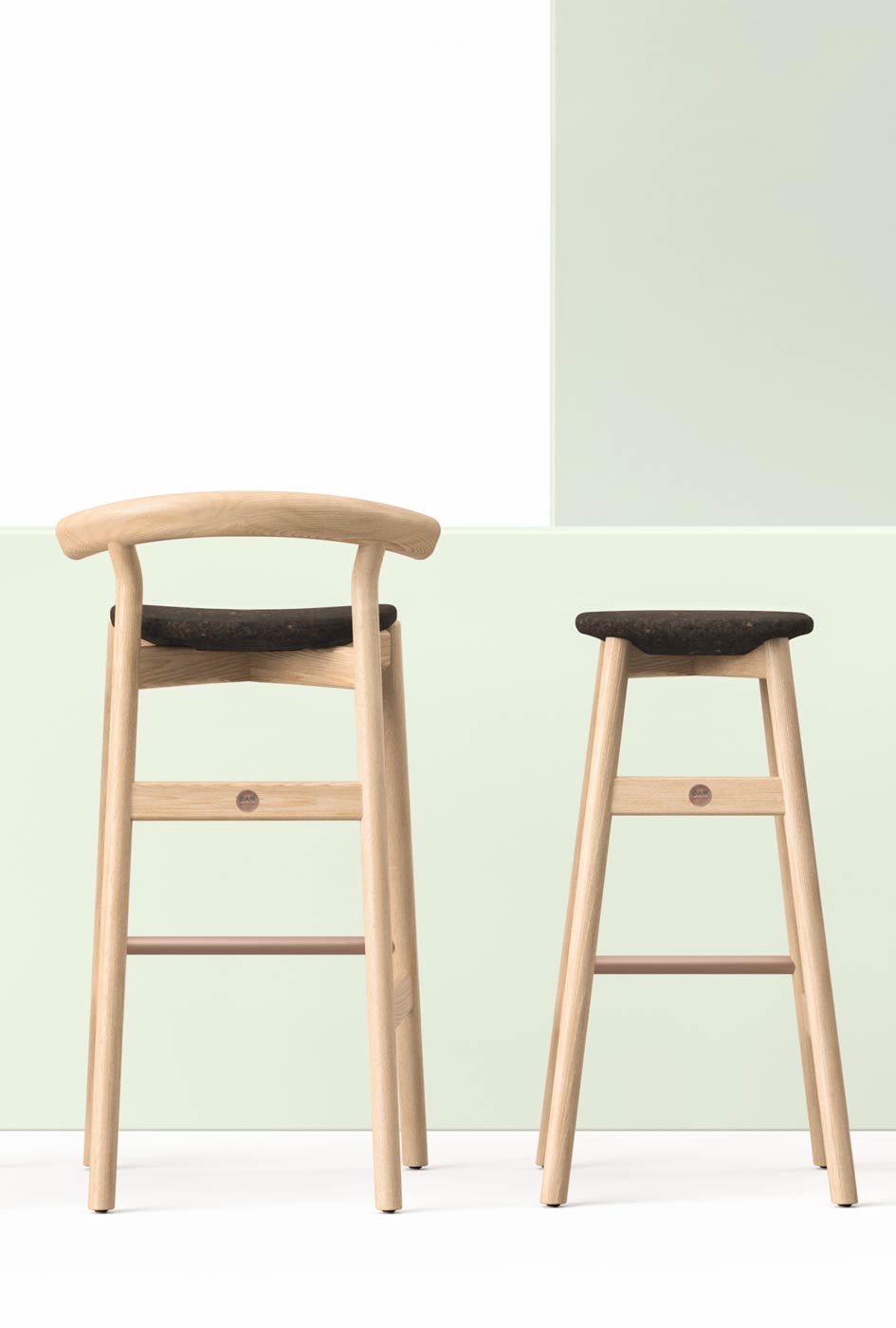Cork is a unique material characterized by its porous texture, softness, and lightweight quality. Cork is a great sustainable material to use in interior spaces. Know the benefits of using cork in interior design projects on this article.
Cork in Interior Design
Despite its many different uses, for centuries the most faithful ambassador of cork to the world has been the natural cork stopper, that seal of exceptional quality that is still today preferred and demanded by the great wine producers. Nowadays, designers and architects alike are thinking about how materials can be used aesthetically, but also how they can create sustainable environments. What better than a completely non-toxic, waterproof, and highly insulating substance that is also a rapidly renewable resource? Whether from the environmental, social or economic perspectives, cork is one of the world’s most versatile materials. For these reasons, cork is more and more pervasive within architecture and design.
This material is actually extremely versatile. It’s possible to use it for flooring and walls, but also for furniture and home accessories. And cork is a unique material that looks great in a combination with metal, wood, marble and vegetable fibers.
Why is cork a good material for interior design?
Cork is a biophilic material stripped every nine years from the cork oak which is the only tree whose bark regenerates itself and is harvested about 17 times over its 200 years. The cork is 100% vegetable, biodegradable and recyclable and extracting it is a key contribution to the ecological sustainability of the Mediterranean region. Know more about Biophilic interior design in our last article.
And what are the advantages of cork in interiors? Cork is a great solution for spaces with specific thermal and acoustic characteristics. It is resistant to abrasion and impact and is flame retardant. And with practically unlimited durability, this material preserves its characteristics throughout its life.
Lightness
More than 50% of the volume of cork is air, which means that it is a very light raw material, weighing just 0.16 grams per cubic centimeter, and can float. So, you can select light and movable products such as PIPO stool or FLORA tables by DAM. And since cork is lightweight and compact, shipping cork material or cork products can be done efficiently, lessening its carbon footprint compared to other materials like wood and stone.
Impermeability
Thanks to the suberin and ceroids, cork is practically impermeable to liquids and gasses. Its resistance to moisture, and therefore to subsequent oxidation and decay, enables it to age without deteriorating. So cork can be a great option for bathrooms and kitchens. Or, if you live in a tropical climate where humidity can be an issue. For example, a small cork table in a bathroom or near a pool such as the DUO table by DAM, will age without deteriorating.
Thermal and acoustic Insulation
Cork has low conductivity of heat, sound and vibration. This is because the gaseous components contained in cork are enclosed in small impermeable compartments, and isolated from each other. Gencork from Portugal is an example of a company that develops wall cork paneling, boasting all the advantages of cork, and adding a new dimension of unique geometric patterns to every room.
Elasticity, compressibility, and resilience
Cork has an “elastic memory” which enables it to adapt to variations in temperature and pressure. Due to the gaseous mixture between each cell, cork can be compressed to around half its thickness, and subsequently decompressed, returning to its original shape. This is why the cork flooring solutions are very comfortable for the feet.
Resistance to fire and high temperatures
The slow combustibility of cork makes it a natural fire retardant. Cork is therefore a natural barrier against fires. Cork burns without a flame and does not emit toxic gasses during its combustion. If you are choosing furniture for contract, you have specific requirements in terms of resistance to fire, so cork solutions are a good solution.
Hypoallergenic and odor-free
Cork offers protection against allergies because it does not absorb dust, and therefore prevents the appearance of dust mites, and therefore the odor of its aromatic compounds is not intrusive. Cork is also a material that contributes to cleaner air space, contributing to the air quality A+. The EPA suggests that indoor air quality is often 2-5 times more polluted than outdoor air quality. Given that we spend 90% of our time indoors, using cork in interiors is important for our health.
Comfortable and soft to the touch
Cork is very comfortable because its cells are formed from microscopic gas pads. This characteristic gives cork the ability to absorb shock. Cork is also very soft to the touch. With a normal temperature very close to that of the human body, cork emits a sense of comfort that is hard to replicate with other materials. This is why DAM develops chairs with cork seats – warm and soft seats. Some examples are DINA chair, DORA armchair and DINA bar stool.
Durability and Longevity
Cork has been known to last up to 50 years and keeps the technical features when used in interiors thanks to its resilience to pressure. Cork is also easy to care for: everyday cleaning consists simply of vacuuming or sweeping and the occasional mopping.
Biodegradable and recyclable
Cork is a natural raw material which is 100% biodegradable and recyclable. Its recycling has endless new uses.
Sustainably Certified
According to the World Wildlife Federation, a cork tree that has its bark removed every nine years will absorb up to five times as much CO2 than a similar tree that is left idle. Besides this, in Portugal, cork comes from FSC certified forests. A good example of a project with different solutions in cork is Google’s first physical store. Curiously, this project won top prize in the Environmental Impact category of the NYCxDESIGN Awards 2022. Developed by Reddymade and Daniel Michalik, the items of furniture created exclusively for the Google Store in New York with cork include sofas, armchairs, bookshelves, chairs, counters, bar stools and coffee tables.
Is there any disadvantage of using cork?
- The high cost
Cork’s comfortability and eco-friendliness come at a cost. While it isn’t the most expensive natural material, it is more expensive than, for example, many woods. Cork has its drawbacks, and has thus remained a niche product: It is hand-harvested, and therefore expensive. But unlike wood, cork has more properties.
- The limited color palette
Cork has a very limited color palette to choose from. While there are lighter and darker variations, all-natural cork material is mostly beige and brown.
- Pets can damage cork surfaces
Cork is more susceptible to damage if there are pets in the spaces. Dog and cat nails will scratch a cork surface.
- Cork fades with too much sunlight
As many other natural materials, cork will fade if it receives too much sunlight. An average amount of natural light is fine, but you’ll want to make sure the sun isn’t beaming down on it all day on cork products.
